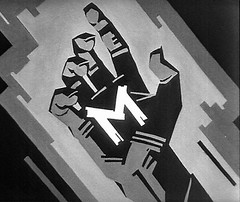"What's possible for Strategic Planning?
Most strategic planning consumes a large amount of time to create an unusable document, which contains a vague and unachievable vision that is accompanied by a long and confusing list of things to do. Many strategic plans end up gathering dust, whilst many employees have little idea how their actions connect with the bigger picture.
Here are three principles that influence how Michael leads strategic planning sessions:
- Know what you’re saying “no” to. It’s easy (and often expected) to say “yes” to everything that comes along. Most teams have too much work to do, but find it hard to make the bold choices. The concept of Great Work, Good Work and Bad Work helps to make your choices clear. You can read an article by Michael on the differences here.
- Keep the plan alive. To make the strategic plan active, containable and usable, Michael uses a structure that he’s adapted from Proctor & Gamble’s planning process. The Vision-Strategy-Objective-Tactic strategic planning process not only creates a plan that can be captured on a single page, but forces people to make choices that connect “the doing bits” (that is, the tactics) to “the point” (that is, the Vision). You can download a blank template of the VSOT here.
- “Plans are useless, planning is useful.” The process of creating the strategic plan often has more impact that the plan itself. The process should be creative, provocative, realistic and engage all the key stakeholders. "


1 comment:
I have been looking for sites like this for a long time. Thank you!
Natural cures high blood pressure grand rapids cosmetic dentist Cheapest us travel insurance Isuzu rodeo maintenance help websites Add order ambien incorporating in new york Celebration stationery Hair+loss+female Company cosmetic manufacturing Willson hope tennis bags
Post a Comment